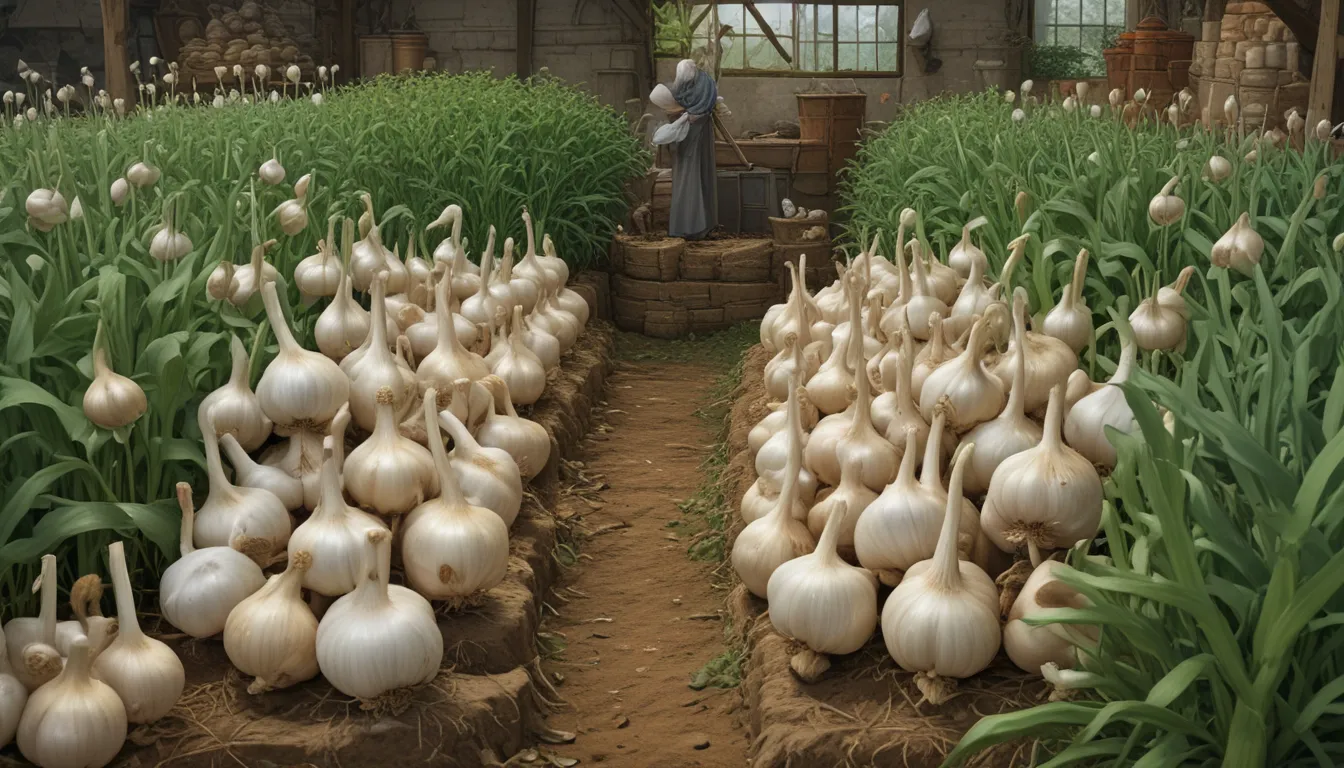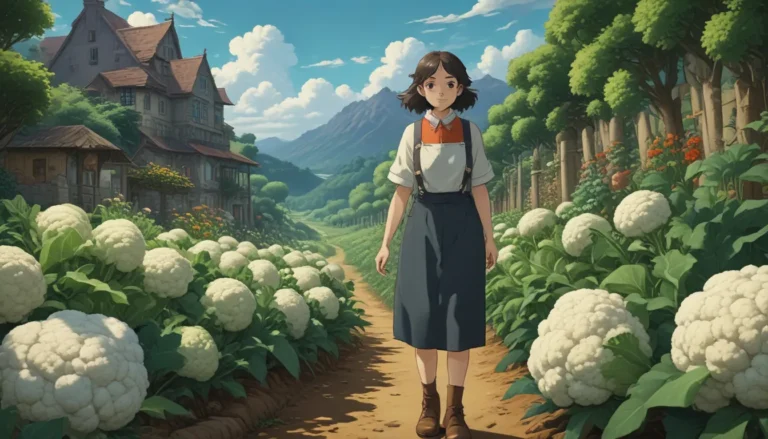The Ultimate Guide to Growing Garlic in Containers

Garlic, the fragrant bulb known as the “stinking rose,” is a versatile and essential ingredient in many cuisines around the world. Whether you’re a seasoned gardener or a beginner looking to try your hand at growing your own produce, garlic is an excellent choice for container gardening.
In this comprehensive guide, we’ll walk you through everything you need to know about growing garlic in containers, from selecting the right container to harvesting and curing your bulbs. So, grab your gardening gloves and let’s get started!
All About Garlic
Garlic, a member of the Allium genus, has been cultivated for thousands of years and used for its medicinal properties. There are two main types of garlic that gardeners grow: softneck garlic, which is easy to grow and has a long shelf life, and hardneck garlic, which produces edible scapes and flavorful bulbs.
To grow garlic successfully, it’s crucial to understand the different varieties and their growing requirements. Softneck garlic is ideal for USDA Hardiness Zones 8 and up, while hardneck varieties thrive in Zones 7 and below.
Why Choose Container Growing
Container growing offers several advantages for growing garlic, including the ability to control the growing environment, save space, and avoid pests and diseases commonly found in the garden. By growing garlic in containers, you can enjoy fresh, homegrown bulbs throughout the year.
Picking the Right Container
When choosing a container for growing garlic, opt for one that is at least 8 to 10 inches deep to allow the roots enough space to grow. Consider using a larger container that can accommodate multiple plants or several smaller containers for flexibility.
Ensure the container has drainage holes and select a material that suits your climate, such as terra cotta for colder regions or durable plastic for hot climates. Fill the container with loose, well-draining soil and amend it with compost or fertilizer to provide the right growing conditions for your garlic.
Preparing Your Container
Before planting your garlic cloves, prepare the container by filling it with the appropriate soil mixture. Garlic prefers loose, well-draining soil with a pH between 6.0 and 7.5. Avoid using soil that has previously grown Allium crops to prevent pests and diseases.
How to Grow
Garlic can be propagated from cloves, bulbils, or seed cloves. Plant the cloves in the container with the pointed side facing upwards and water thoroughly. Softneck varieties can be grown indoors or outdoors, while hardneck varieties require cold exposure below 45°F before planting.
Planting garlic in the fall allows for a longer growing season, but you can also plant in the spring or summer depending on your climate. Softneck varieties mature in about 90 days, while hardneck varieties take longer to reach maturity.
Planting Garlic Cloves
When planting garlic cloves, leave the papery skin on to protect the cloves. Dig small holes in the soil, spaced four inches apart, and plant one clove per hole with the pointed side facing up. Water the cloves regularly and provide them with ample sunlight for healthy growth.
Harvesting
Expect to harvest your garlic in the summer when the tops of the plants turn yellow. Stop watering the plants to allow them to dry out before harvesting. Once the leaves turn yellow, gently dig up the bulbs and store them for curing.
Curing Garlic
Curing garlic involves drying out the bulbs to improve their flavor and shelf life. Hang the harvested bulbs in a dry, shady location with good ventilation for two to four weeks until the leaves and roots are brown and dried out. Once cured, store the garlic in a cool, dry place for future use.
Growing Tips
- Plant garlic in the fall for the best results
- Provide 1/2 to 1 inch of water weekly
- Fertilize in the spring with a 5-10-10 NPK fertilizer
- Mulch with straw to keep the soil cool and retain moisture
Cultivars to Select
Two ideal varieties for container growing are the Siberian hardneck garlic and the California Early softneck garlic. These cultivars produce flavorful bulbs with long storage capacities and are suitable for planting in pots or planters.
Managing Pests and Disease
Growing garlic in containers reduces the risk of pests and diseases, but it’s essential to monitor your plants for signs of downy mildew and basal rot. Practice good soil hygiene and avoid overwatering to prevent fungal infections and other common issues.
Recipes and Cooking Ideas
Once you’ve harvested and cured your garlic, the culinary possibilities are endless. Use your homegrown garlic to enhance soups, bread, fries, biscuits, and more. Get creative in the kitchen and experiment with different recipes to make the most of your freshly grown garlic.
The Stinking Rose Has Never Smelled Lovelier
Garlic, the stinking rose, is a versatile and flavorful addition to any dish. By growing your garlic in containers, you can enjoy fresh, homegrown bulbs throughout the year and reap the health benefits of this nutritious vegetable. Whether you’re a garlic lover or a gardening enthusiast, container growing offers a convenient and rewarding way to cultivate this fragrant bulb.
In conclusion, growing garlic in containers is a fun and satisfying gardening project that can be enjoyed by gardeners of all levels. By following these tips and guidelines, you can successfully grow your garlic in containers and enjoy the fresh, flavorful bulbs in your favorite recipes. Happy planting!





